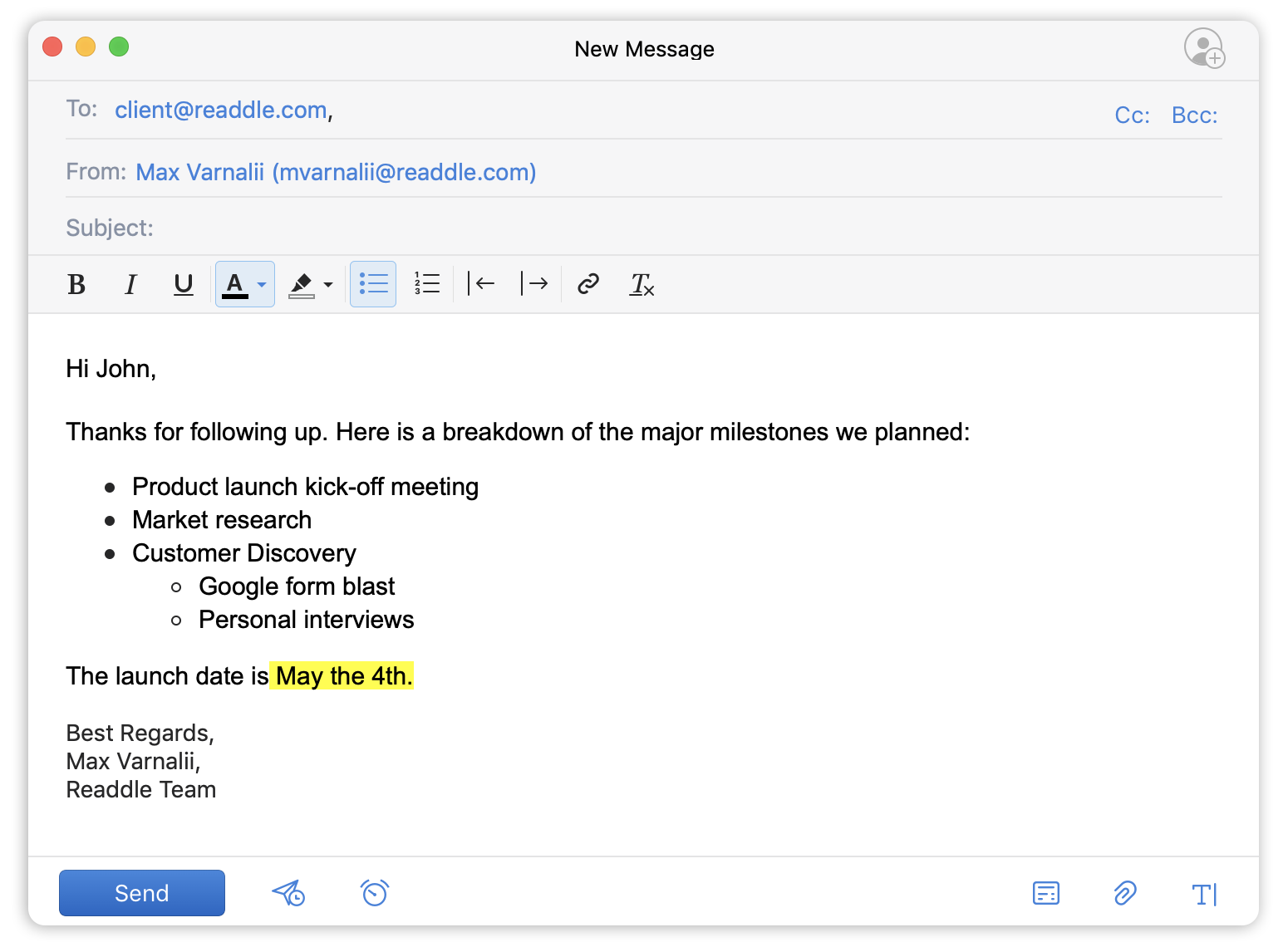
Apply Now


Practical Guide to Taking Screenshots on iPhone in 2025
Understanding the Screenshot Feature on iPhone
Taking a screenshot on iPhone is a fundamental skill for anyone looking to document their screen quickly and efficiently. With the advent of advanced iPhone models, the methods for capturing screenshots have evolved, offering users different options depending on their model. From iPhone 11 to the latest iPhone 14, each iteration introduces nuances in features, allowing for versatile screenshotting experiences. Understanding how to capture your screen effectively is essential, whether for sharing moments with friends, saving important information, or creating guides. The importance of mastering this skill cannot be understated. Screenshots serve as valuable documentation tools in various contexts—from education to business, not to mention the personal use of capturing memorable moments. Whether you're a beginner or an experienced user, knowing the right techniques can enhance your mobile engagement and communication strategies. As we dive into practical methods, keep in mind that iPhone offers various shortcuts and settings that can significantly streamline the screenshotting process. Let’s explore the best practices for capturing your screen on iPhone, including advanced techniques and troubleshooting common issues.How to Screenshot on Different iPhone Models
One of the most common inquiries among users is: "How to take a screenshot on iPhone?" Luckily, the process is similar across different models, yet varies slightly depending on the iPhone version you are using. For most models, including the iPhone 11, 12, 13, and 14, simply press the Side Button and the Volume Up button simultaneously. The screen will flash, indicating that the screenshot has been captured. However, if you own an older model like the iPhone SE, you'll need to use the Home Button in conjunction with the Side Button. Understanding these methods can help you easily capture your screen on any iPhone. For example, when utilizing iPhone 14, try the method of quickly pressing both buttons to screenshot your current activity. You can find additional tips on using Assistive Touch as a more accessible option for capturing screenshots. This feature especially benefits users with mobility issues, providing an on-screen button to take screenshots with ease.Exploring Screenshot Methods on iPhone
When discussing screenshot methods, iPhone users should familiarize themselves with various techniques beyond the basic button press. One notable method is using Assistive Touch, which allows users to create a screenshot without physical buttons. This feature can be enabled through Settings > Accessibility > Touch > AssistiveTouch. Once activated, you can tap the AssistiveTouch icon and then navigate to Device > More > Screenshot. Additionally, for iPhone users looking for efficiency, creating custom shortcuts for screenshots can significantly enhance user experience. By setting up shortcuts through the Shortcuts app, users can quickly access screenshot capabilities without having to remember button combinations. Moreover, exploring screenshot settings can also prove beneficial. Adjusting options like ‘Screenshot Sound’ can provide a quieter experience while taking screenshots, preventing disturbances in quiet environments.Editing and Sharing Your iPhone Screenshots
Capturing a screen on an iPhone is just the first step—it’s equally important to know how to edit a screenshot. After taking a screenshot, a thumbnail appears in the corner of your screen. Tapping on it opens editing options, where you can crop, annotate, or highlight essential features. Common editing tools include adding text, drawing, or using the highlighter to emphasize key areas. This capability transforms screenshots from mere captures into impactful visual aids enhanced for sharing or documentation purposes. When it comes to sharing captured images, users can send screenshots via email, messaging apps, or even social media platforms with a few taps. Utilizing the ‘Share’ button allows for immediate distribution. Additionally, keeping your screenshots organized in albums or folders within the Photos app can help you manage them effectively for future reference.Quick Screenshots: Leveraging Technology
Today's iPhone models are equipped with technology that makes taking quick screenshots easier than ever. Users can take advantage of features like Back Tap, which can be set up to take a screenshot by simply double-tapping or triple-tapping the back of the device. To enable this feature, go to Settings > Accessibility > Touch > Back Tap and select ‘Double Tap’ or ‘Triple Tap’ for the Screenshot action. This innovative approach to taking screenshots is one of many ways technology enhances user experiences. By incorporating such techniques, users can optimize their screenshot workflow, capturing images even faster.Advanced Techniques for Screenshotting on iPhone
As users become more proficient in taking screenshots, understanding advanced techniques can further improve their skills. One particularly useful method is taking full-page screenshots, which is excellent for capturing long documents or web pages. To take a full-page screenshot, follow the standard screenshot method, but tap on the ‘Full Page’ tab in the editing screen. This feature is incredibly useful for saving articles or lengthy conversations without losing any content. Furthermore, experimenting with screenshot editing tools can unlock creative uses for your captures. Users might consider using these images for presentations, tutorials, or social media content. Understanding various methods for enhancing screens using apps specifically designed for image edits can take your screenshotting experience to the next level. Incorporating these advanced techniques not only simplifies the process but also expands the potential uses for your screenshots.Optimizing Your Screenshot Process on iPhone
To fully harness the potential of iPhone screenshots, optimization is key. For efficient use, consider organizing your screenshots into specific albums within the Photos app, which enhances accessibility when searching for past captures. This practice is particularly advantageous for users who frequently use screenshots for documentation or presentations. Another important element is the backing up of screenshots. Users may want to set their devices to automatically save screenshots to cloud storage services, ensuring they never lose these important images. With a focus on enhancing user engagement through effective mobile functionality, users can drive their iPhone screenshotting capabilities to new heights. Whether documenting experiences, sharing moments, or creating visual content, a well-optimized screenshot process is invaluable.Conclusion
The ability to effectively take and edit screenshots on iPhone is a skill that enhances user experience and productivity. Understanding the various methods, from button combinations to assistive technologies, enables users to capture their screens with ease and share significant moments effortlessly. With the evolution of iPhone technology, learning how to harness these features will continue to empower users in their creative and functional endeavors. As you explore the capabilities of your device, remember the tips and techniques shared in this guide to ensure a productive screenshotting experience. Whether you're using your iPhone for personal enjoyment, educational purposes, or professional documentation, mastering the art of screenshots can greatly enhance your mobile interaction.
